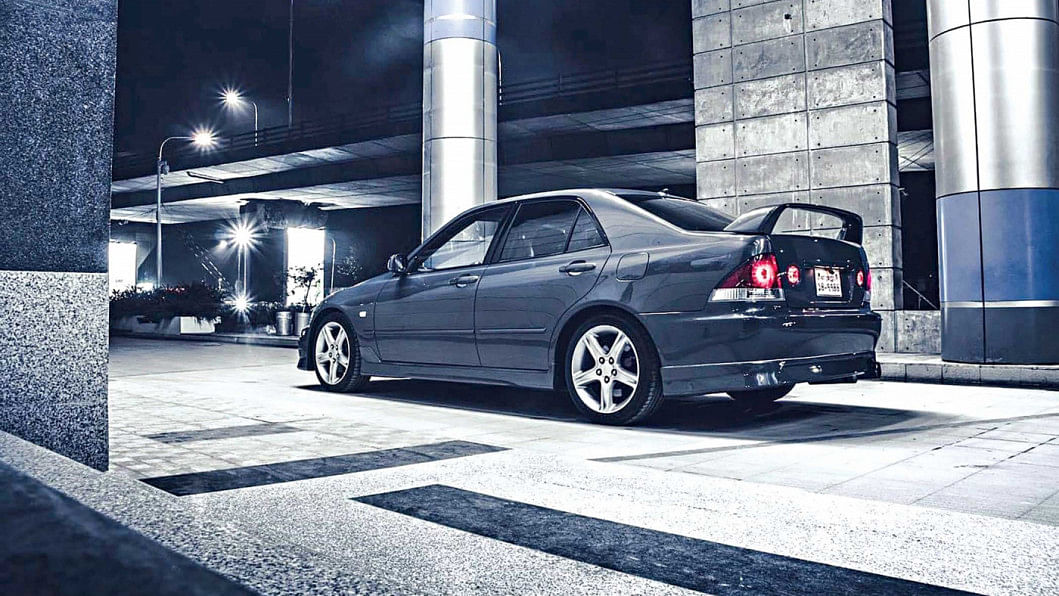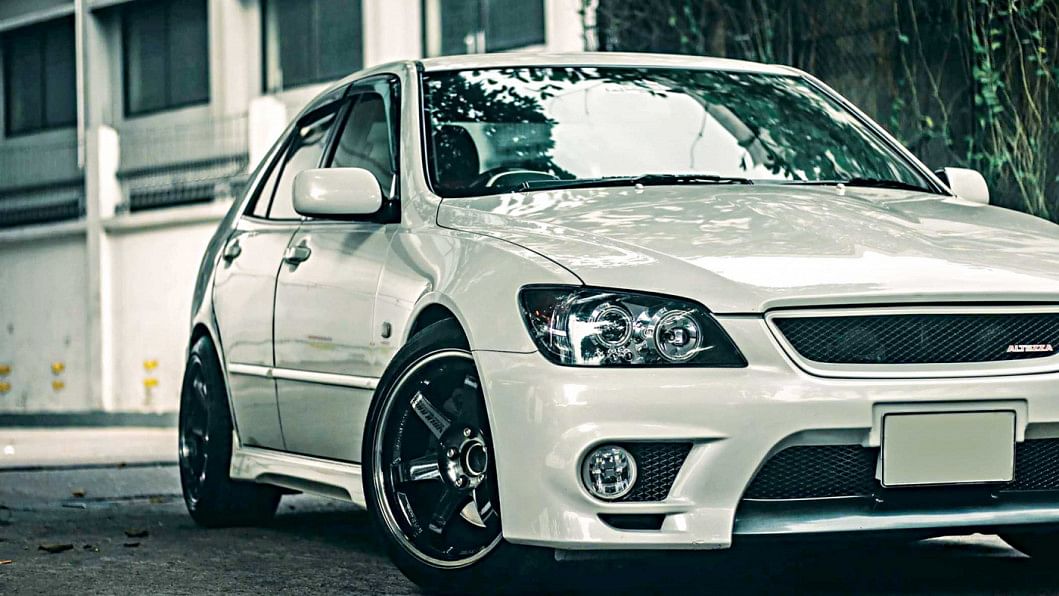The definitive guide to getting a Toyota Altezza

If you missed the play on words at the title of this guide, fear not, as it shall be explained soon below right after this short introduction. The Altezza was a luxury sports car, and an expensive one at that when it first came to our market. However, since the 16 years Altezzas stopped rolling off factory shelves in 2005, they have become more and more attainable to the everyday buyer.
What is it?
A rear-wheel-drive sport sedan designed to tempt buyers away from Germany to Japan. This was a luxury car made by Toyota in the late 90s to rival the ever prominent class leader, the contemporary BMW 3 series at the time, the E46. Having owned both, their ethos is eerily close; there are many differences in the way both cars behave and feel, but both lean more towards driver pleasure and enjoyment than their successors of the modern age.

Lexus? Toyota? IS? RS? Altezza?
Here is where it gets confusing. The Altezza was sold under different names in different regions, under two different brands. Let's break this down.
For those of our readers who are not familiar, Lexus is a sub-brand of Toyota, specializing in more luxurious cars whereas Toyota focuses on economy, utility and sports cars. The XE10, which is the chassis code Toyota refers to it by, was sold under two distinct brand/name variations. The Lexus IS, which brought upon the advent of countless internet fluffs, and the Toyota Altezza, exclusively for the Japanese and few other small markets. These names will be used interchangeably throughout this article. The globally available Lexus IS was sold with two engines, a 2.0 litre 6 cylinder (1GFE), and a 3.0 litre 6 cylinder (2JZGE), the latter being the only choice for the American market. Since we import our cars directly from the Japanese domestic market, we will be concerned today with the Altezza variant. It also comes with a 2.0-litre 1GFE engine making 154 horsepower, but a sportier version was available with a 2.0 4 cylinder engine. It may have two-thirds of the cylinders, but the 3SGE BEAMS engine made 207 horsepower. This BEAMS equipped Altezza is also dubbed RS200. Confused yet? Don't worry, we are too.
Set your priorities straight
What are your requirements for the Altezza? Do you absolutely need a 3SGE equipped vehicle? Is a particular type of transmission a must for your usage? Your criteria and subsequently, the budget will change along with these requirements. The IS200 equivalent (154hp) will be slightly easier on the wallet than an RS200 (207hp). A manual transmission is rarer to find and is gradually becoming more coveted and sought after among the enthusiast crowd. My IS is automatic, and I desperately wish it wasn't one. Although it does have manually shifting capabilities actuated through buttons on the steering wheel, nothing beats the appeal of three individual pedals. I digress. Certain colours are more sought after as well, and cars without previous accident history also demand a higher price.

Pros and Cons
The biggest pro-IS (yet another play at words, I did indeed pat myself on the back as I wrote it) that it is a Toyota after all, therefore the reliability aspect is almost eerily unparalleled. It has good power and is the perfect blend of sporty and practical; the rear-wheel drive layout contributes to the fun aspect while the four doors make it practical enough to carry enough people to occupy an entire Ludo board. However, the Altezza is far from economical. Even at its lowest engine size, fuel efficiency is far from its priorities. At least in the current market, it is difficult to find an Altezza that is in an above decent condition. It shares its fair share of common issues, which brings us to the following point.
Common issues
At this age, all cars have developed their lion's share of issues—whether due to wear and tear— or just because of how long it has been since they rolled out of the factory. Most Altezzas available in the local market have been touched up or have seen some degree of bodywork, so paint is usually not a cause for concern. It is a cause for concern if it has been in an accident, however, this advice applies to all used cars, not just this specific one.
One of the main issues that occur is the timing belt which, if left unattended for too long, can lead to a catastrophic engine failure. Oil leaks are also a common thing to look for, and a common thing to expect with a car of this age. These engines are reliable, but the old wives' tale that says Toyota engines are impossible to kill is certainly not to be held at their word. Another weak link in the lower ball joints up front, and one of the more niche issues, which occurs under constant hard braking, is where the calliper clips come loose.
Should you buy one?
As a completely unbiased owner of an Altezza, I think one absolutely should get themselves into one, if not at least experience one. The seating position is comfortable and easy to see out of, but the handling and steering feel insinuates something that goes beyond the typical Lexus. This was Lexus' way of getting out of the "grandpa car" image that they acquired through the unparalleled successes of luxurious yet reliable land yachts such as the ES, GS, LS and so on. This was their gateway into the sportier, and subsequently younger thrill-seeking demographic. 15 years later and for a third or fourth of the initial cost, this still provides all of the stir—without as hefty a dent in your wallet. The Altezza/IS achieves an equilibrium between the pragmatic problems in life while also pleasing the inner child that we try oh so hard to suppress, all the same. A fair balance with little trade-off, not a bad way to get into enthusiast car ownership, IS it?


 For all latest news, follow The Daily Star's Google News channel.
For all latest news, follow The Daily Star's Google News channel. 



Comments